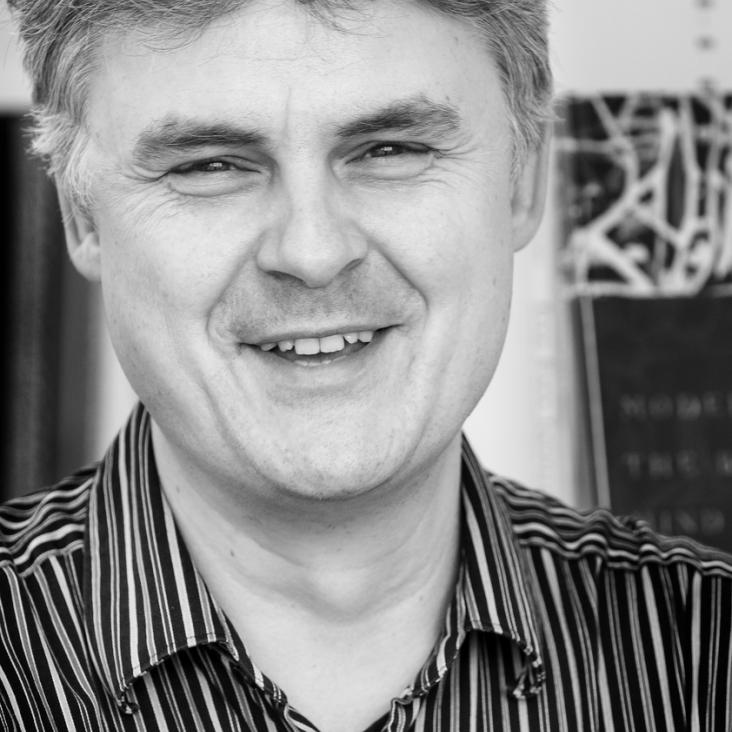Multi-channel absolute distance measurement system with sub ppm-accuracy and 20 m range using frequency scanning interferometry and gas absorption cells
Optics Express Optica Publishing Group 22:20 (2014) 24869-24893
Resolution of Longitudinal Profile Measures using Coherent Smith-Purcell Radiation with the Number of Gratings and the Number of Pulses Used
(2014)
Reconstruction of longitudinal electrons bunch profiles at FACET, SLAC
IPAC 2014: Proceedings of the 5th International Particle Accelerator Conference (2014) 3453-3455
Abstract:
The E-203 collaboration is testing a device on FACET at SLAC to measure the longitudinal profile of electron bunches using Smith-Purcell radiation [1]. At FACET the electron bunches have an energy of 20 GeV and a duration of a few hundred femtoseconds [2]. Smith-Purcell radiation is emitted when a charged particle passes close to the surface of a metallic grating. We have studied the stability of the measurement from pulse to pulse and the resolution of the measure depending on the number of gratings used.Reconstruction of the time profile of 20.35 GeV, subpicosecond long electron bunches by means of coherent Smith-Purcell radiation
PHYSICAL REVIEW SPECIAL TOPICS-ACCELERATORS AND BEAMS American Physical Society 17:5 (2014) ARTN 052802


